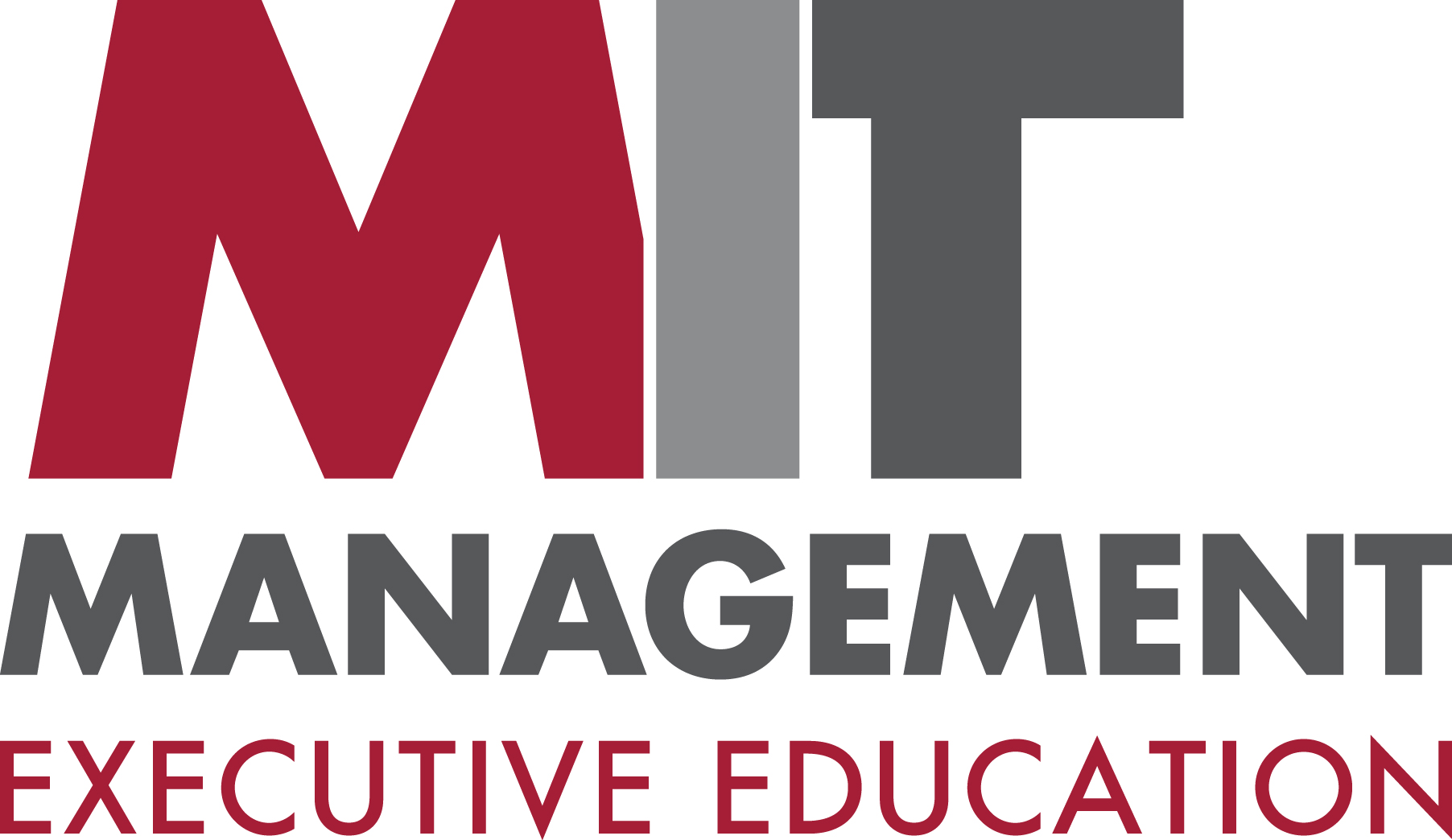- Leadership
Leadership for a Nimble Response
MIT Sloan’s Deborah Ancona explains why ‘distributive leadership’ is need for organizations to offer nimble responses to today’s unprecedented challenges
To adapt to this fast-changing, dynamic environment, and retain competitive advantage, organizations must be able to respond nimbly to a raft of new challenges. Many have moved, or started to move, away from traditional, hierarchical structures, to looser, more networked and collaborative structures—better suited to innovation and entrepreneurial thinking.

In a recent webinar, Professor Deborah Ancona, Founder of the MIT Leadership Center at the MIT Sloan School of Management, discussed ‘distributive leadership’—the type of leadership which best fits these less hierarchical structures and which, Prof Ancona believes, is essential for organizations to engage effectively with, in order to offer nimble responses in an uncertain world. The pandemic has brought sharply into focus the varying degrees of nimbleness in the responses of organizations of all kinds, and in all parts of the world.
………………………………………………………………………………………………………………..
Join Professor Ancona for her MIT Sloan executive program ‘Transforming Your Leadership Strategy’
Dates: November 5-6, 2020 │ Format: Live online
………………………………………………………………………………………………………………..
What is Distributive Leadership and how does it work?
The idea is that leadership should take place much lower down than has traditionally been expected and be distributed across people and teams all across the organization. Distributive leadership requires strong input from the top, but it must also permeate to all levels. Networked collaboration is a key component of this and should also happen, not only internally, but externally too—across organizational boundaries. Distributive leadership, with its wide reach and shared experience, has the potential to unleash an entrepreneurial spirit at all levels making it far easier for the organization to seize new opportunities and find innovative solutions.
To lead in this context, Ancona says people need to demonstrate their ‘leadership signature’—"to show ‘who you are’ as a leader, your unique capability, experience, personality and values.” That way team members and colleagues are able to understand how they can best interact with and relate to the leader. The importance of this is so that the leader is able act as an “architect”—a steward who enables, monitors and directs the implantation of the ideas, innovations and solutions emanating from distributive leadership.
Sensemaking
The senior leader, as architect, needs to show there is a plan. Critical to engaging all levels of the organization is ‘sensemaking’, to help establish and embed the plan. Each individual employee should be encouraged to ask their team to understand the changes happening in their area—to go on a ‘sensemaking journey’ to uncover new processes and ways of working, as well as new product lines and channels to market, and even new markets.
Sensemaking, says Ancona, should be about “letting go of existing models, learning from others inside and outside of the organization, envisioning the future and experimenting to create a springboard into action.” The sensemaking process need not, as one webinar participant feared, lead to endless meetings and over analysis. Rather it should involve set targets and time constraints, with people reporting to weekly meetings on ideas to pursue in their specific areas. It should be an iterative process to develop ideas that can be exported to the rest of the organization and to the world outside.
Talking about the current context of leadership in this period of crisis, Ancona observed that now is a time for “challenge driven leadership,” and not a time for personality driven leadership. Leaders should focus on defining the problems and motivating people by the challenges that need to be overcome.
In conclusion Ancona returned to the concept of leadership signature. While leaders are under extreme pressure to deliver solutions to a whole host of difficult problems, part of the signature should be about stepping back, relieving stress through exercise and wellness routines, and taking care of themselves—and at the same time communicating empathy to their team who will no doubt be under pressure themselves.
……………………………………………………………………………………………………….
Learn more about the MIT Sloan 'Transforming Your Leadership Strategy' program
MIT Sloan is uniquely positioned at the intersection of technology and business practice, and participants in our programs gain access to MIT’s distinctive blend of intellectual capital and practical, hands-on learning.
ARTICLES YOU MIGHT LIKE
RESEARCH
Why organizational resilience requires adaptive leadership particularly in times of crisis
DEVELOPING LEADERS QUARTERLY MAGAZINE AND WEEKLY BRIEFING EMAILS


































